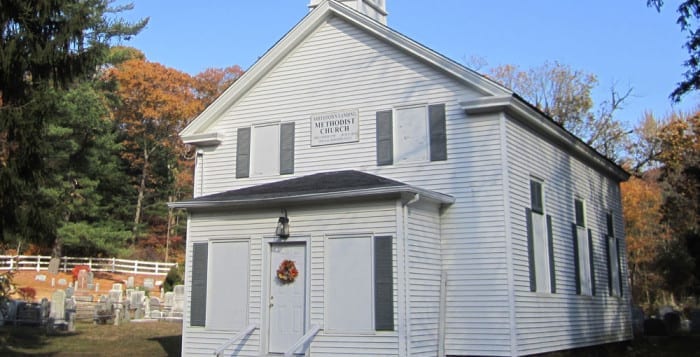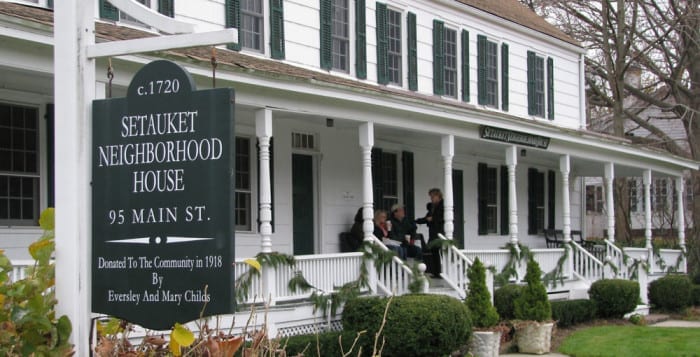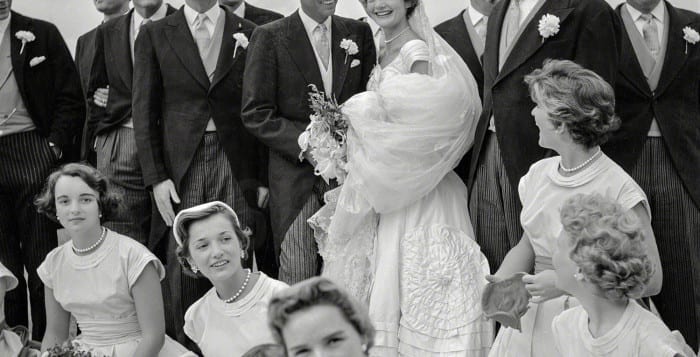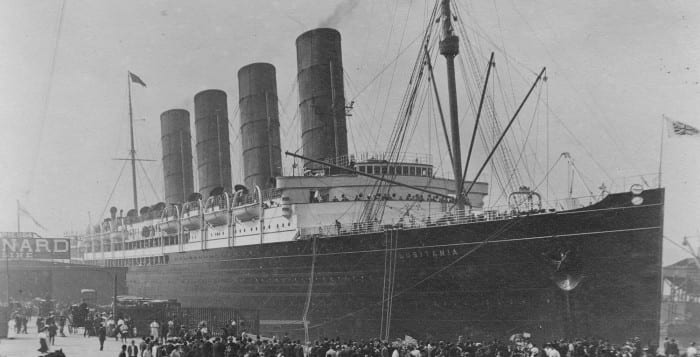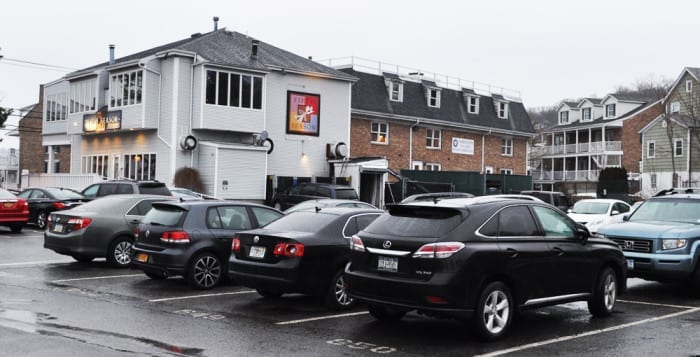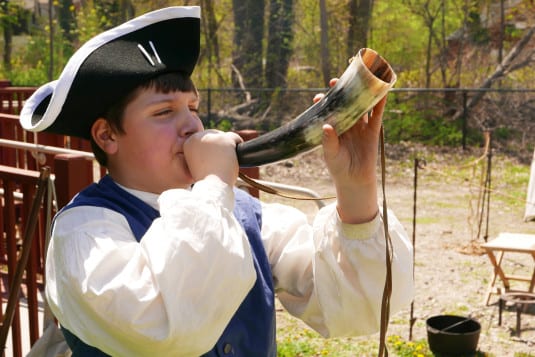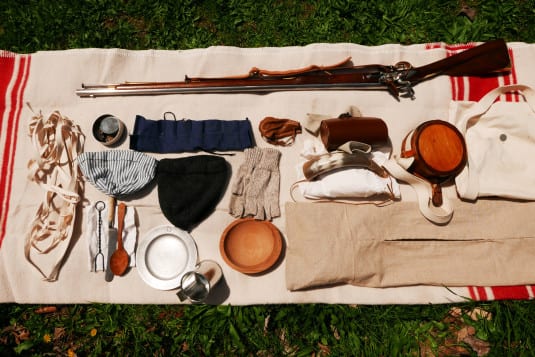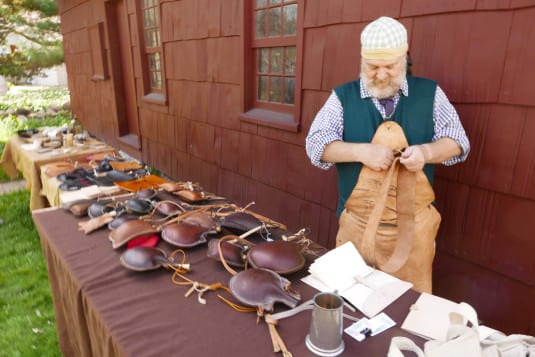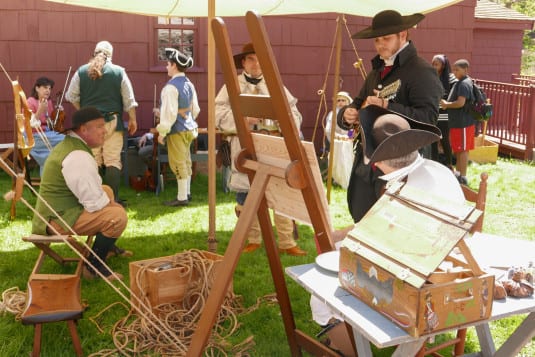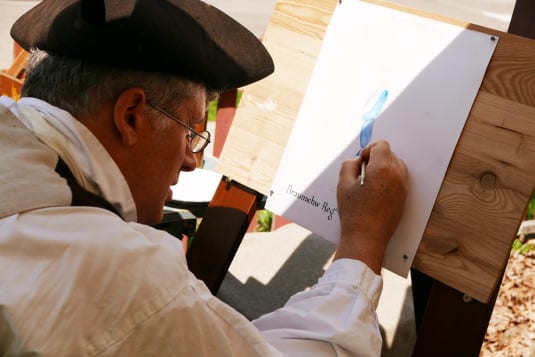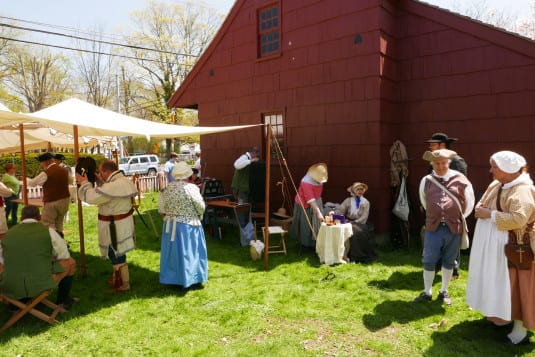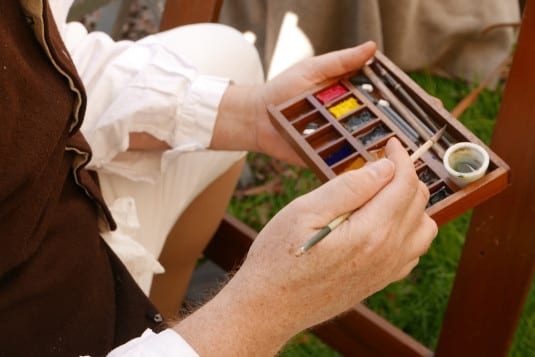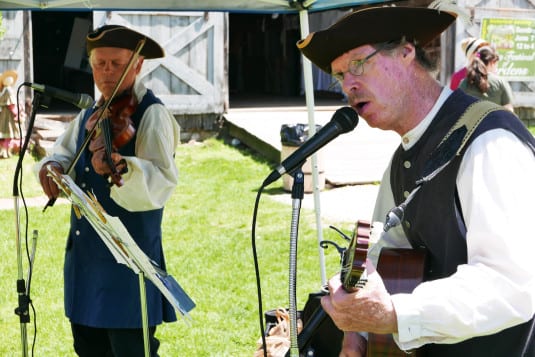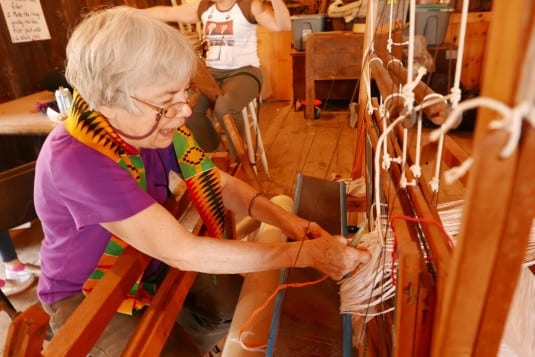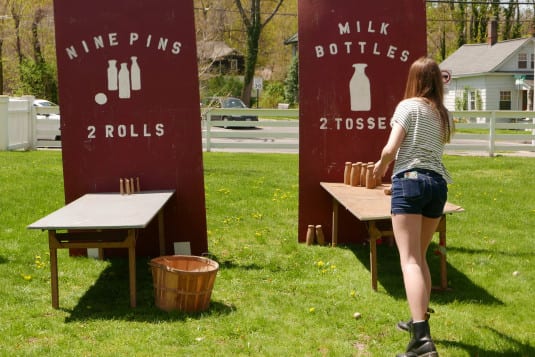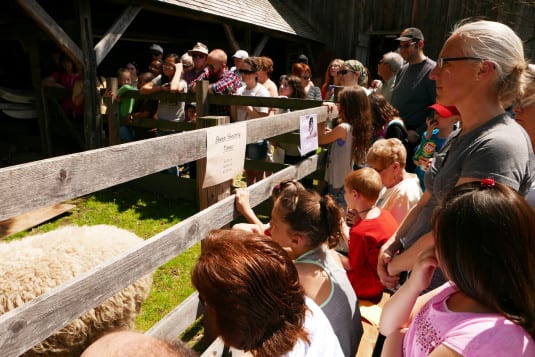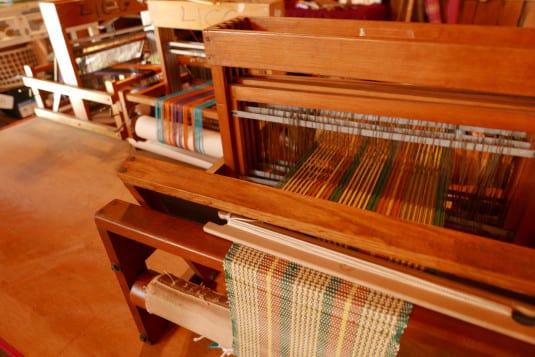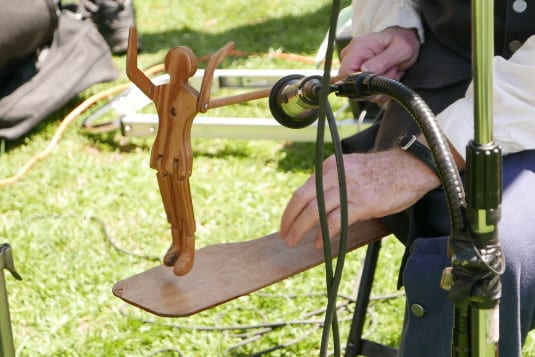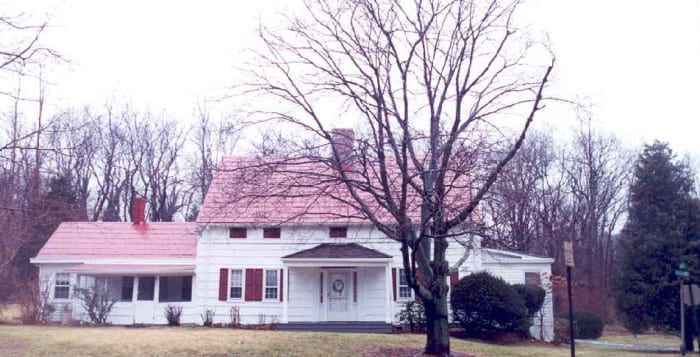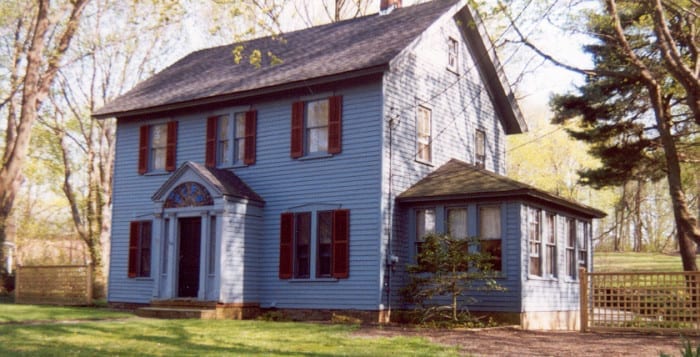Nine churches will take part in the Smithtown Church History Day to honor and celebrate the town’s 350th anniversary.
Sunday, May 17, has been the designated day for residents to learn about other religions and discover the similarities between faiths. The churches will open their doors to interested parties for tours and historic activities.
The Resurrection Byzantine Catholic Church on Edgewater Avenue is welcoming visitors to its regularly scheduled Sunday Divine Liturgy at 11:15 a.m. followed by an open house and guided tours between 1 and 5 p.m.
The Smithtown United Methodist Church on Middle Country Road will open from 12:30 to 3:30 p.m. for tours and additional activities. Members will also be serving light refreshments.
St. Thomas of Canterbury Episcopal Church on Brooksite Drive will also open its doors to the public for its 8 and 10 a.m. services with coffee following each one.
Between noon and 2 p.m. volunteers will be there to hand out brochures and give tours of the church and garden. There will also be a demonstration of how to use the Meditation Labyrinth.
For residents who would like to see Smithtown’s oldest church, they can visit Smithtown First Presbyterian founded by Richard Smythe in 1675, located at the corner of Middle Country Road and North Country Road.
Starting at 1 p.m. DVDs on the church and its history will be shown in the Narthex along with light refreshments available in the Parish Hall. Family activities will take place on the church lawn throughout the afternoon. Several other events will take place throughout the day.
Both St. James United Methodist located on Moriches Road and Trinity AME Church located on New York Avenue are inviting the community to come and learn about their respective history.
St. James United Methodist is inviting people to come see the interior of the church that was rebuilt in 1899 after being destroyed by a fire. Members are also inviting people to take a look at the popular stained glass windows. Trinity AME Church will serve refreshments and invites the community to join them for a meet and greet.
The Smithtown Landing Methodist Church on Landing Avenue is offering open tours from 10 a.m. to 2 p.m.
Members of the Ladies Auxiliary will be on hand to present the history and background of the church. There will also be information on the founding members of the church who are buried in the little cemetery on the grounds.
The Hauppauge United Methodist Church on Townline Road will also be participating in the big day. The church will open for services at 9 a.m. when all are welcome. Between 2 and 3 p.m. there will be church tours followed by a tour of the old Hauppauge burial grounds behind the church with graves dating back to the Revolutionary War.
The last church that will participate in the festivities is St. James Episcopal Church on North Country Road. Worship services will be held at 8 and 9:30 a.m. followed by an open house from noon to 4 p.m. Guided tours to see the church will be available throughout the day as well as guided tours of the cemetery. A picnic lunch featuring hot dogs, apple pie and other goodies will be available as well.

